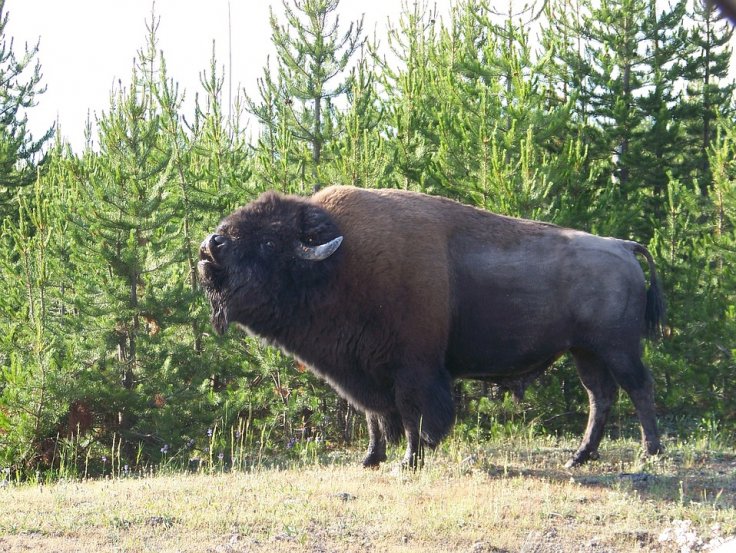Canadian city Edmonton has pulled down a public art project over fears that it could be seen as an endorsement of colonialism. The project comprised a pair of towering bronze statues – a 13ft bison and a 11.5ft colonial fur trader. It was intended to stand on either side of pedestrian bridge in Edmonton.
The city, in an official statement, said some audiences may find the artwork thought-provoking, while it may cause harm to others and induce painful memories. As such, it saw the art project as not inclusive to all Edmontonians.
Ken Lum, the artist who made the sculptures, said he had been blindsided by the decision after waiting for years to see the statues unveiled. He noted that the decision to take it down has implications for artistic expression. Lum said the decision was taken in an "authoritarian" way. He questioned whether it is sufficient to deny a work to be published or to be put up into the public space. The artist revealed that the sculpture of the trader was based on a famous photograph to reflect a similar scene not long before the collapse of the bison population.
Bison, a once-plentiful food staple for the Indigenous communities in the mid-to-late 1800s, were hunted to near extinction by colonial settlers. This also drew the subjugating Indigenous communities to a broader political end. Lum said he wanted the people crossing the bridge to experience a palpable tension through the uneasy gaze from one to another. He doesn't see how a picture based on an infamous photograph could be interpreted as an affirmation of colonialism. Lum highlighted that neither the Edmonton city nor the Arts Council explained it to him. He is waiting for them to fill him in. Lum believes anything placed in the public space is bound to have a range of responses, based on literacy and other factors.

The artist met with Indigenous elders throughout the process and consulted with communities. Lewis Cardinal, a member of the Wicihitowin Talking Circle – which advised the city of Edmonton and Edmonton Arts Council, said bison was not a fitting symbol of the region's past. He pointed out that beaver pelts, and not bison, had been the key driver of the region's economy. Cardinal said one actually has to listen if they are going to have Indigenous consultations.
A spokesperson for Edmonton city said the historical injustices on Indigenous peoples as a factor into the decision with reports of Canada continuing to wrestle with the dark legacy of colonialism.








